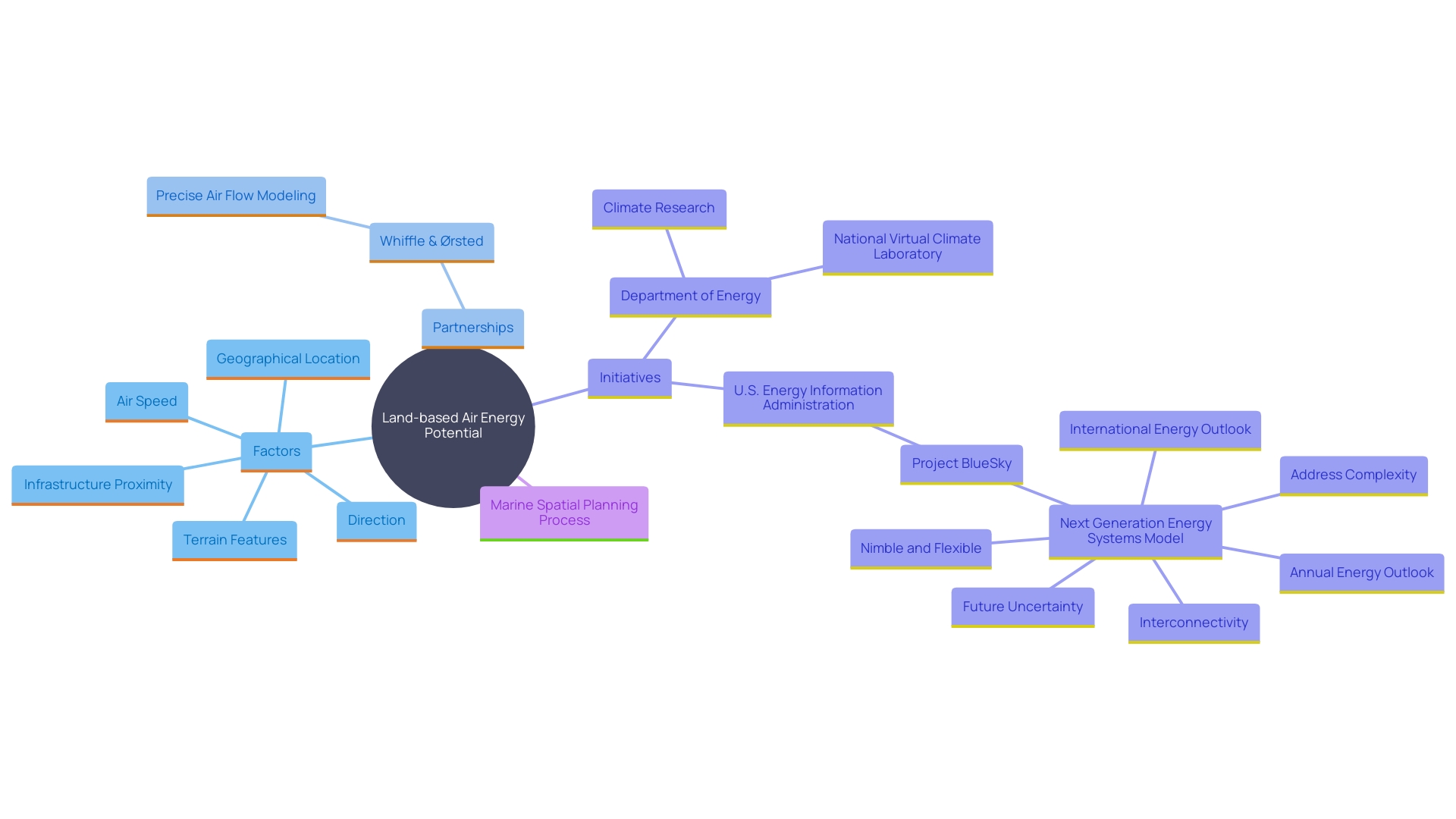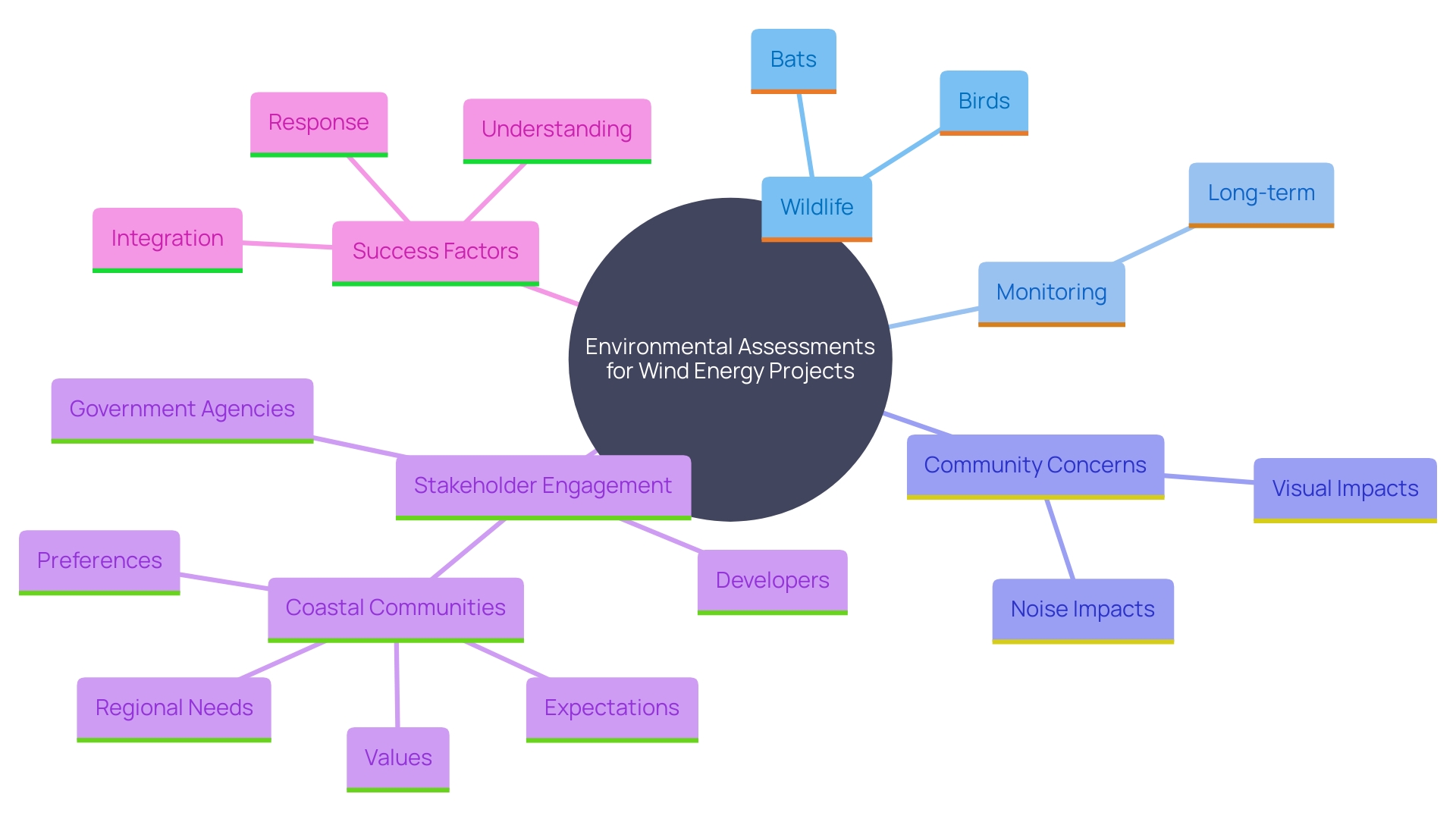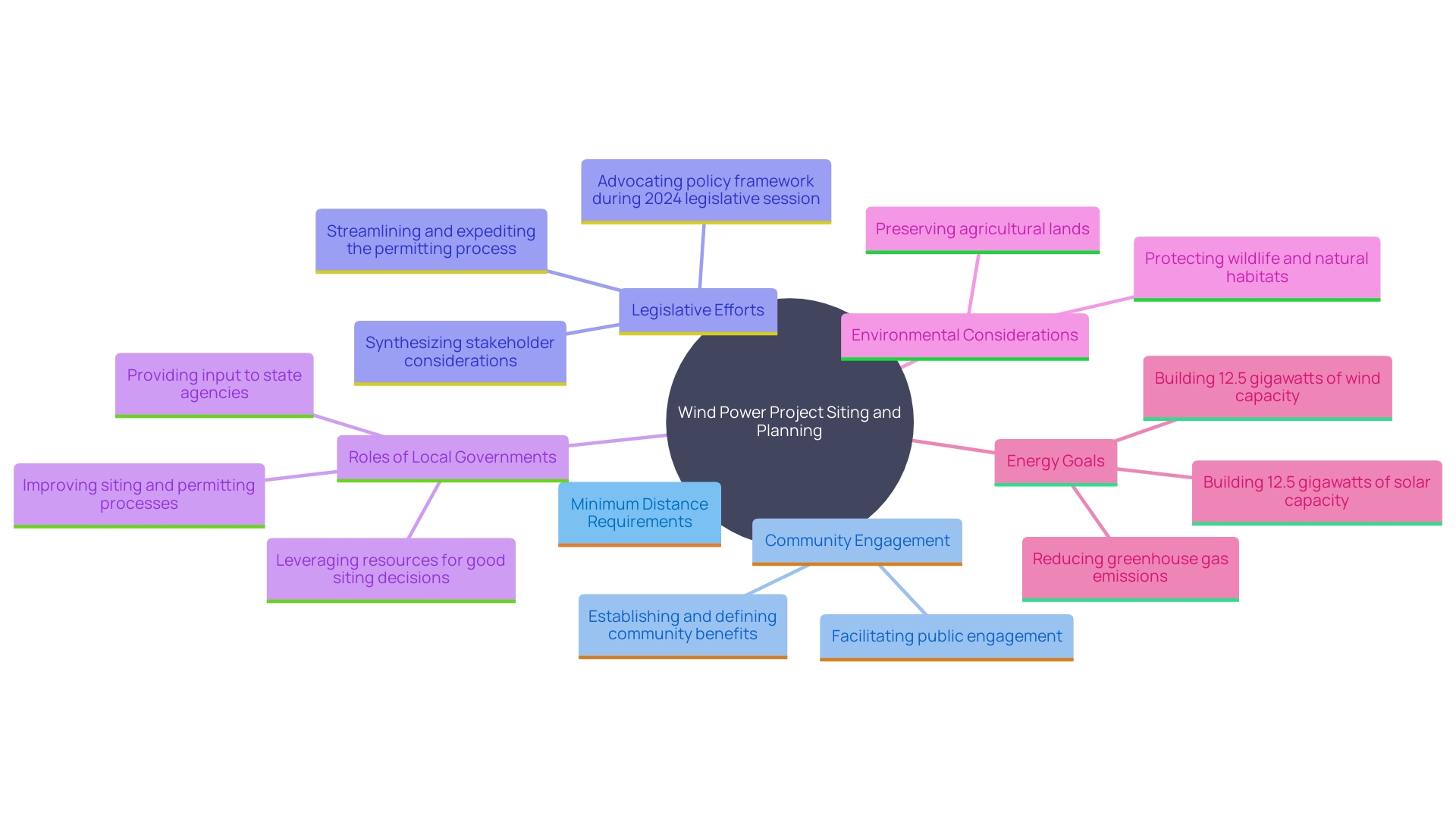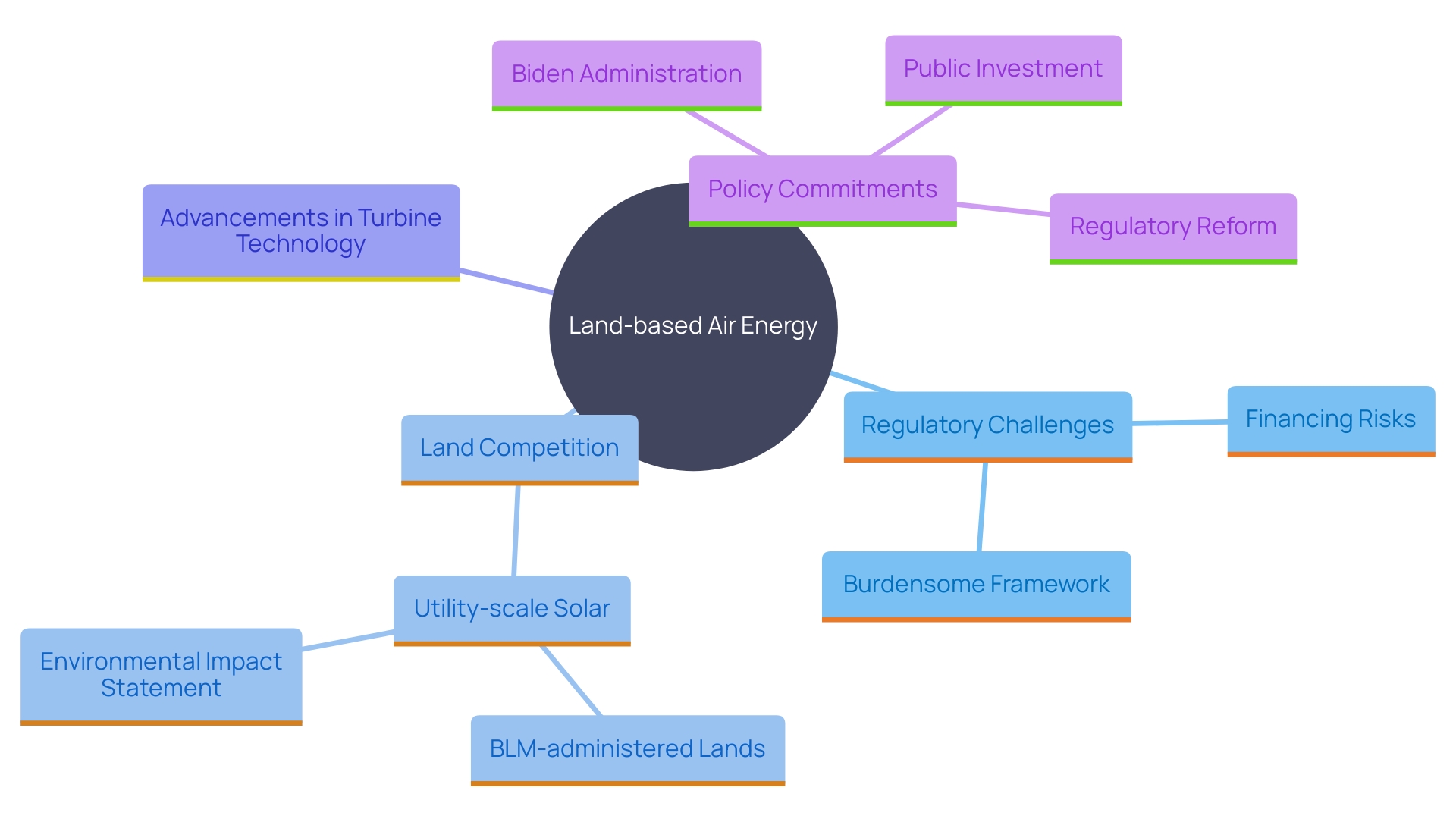Introduction
Harnessing the potential of land-based wind energy requires a meticulous evaluation of multiple factors, including wind speed, direction, and consistency. Accurate wind flow modeling, especially in complex terrains, is paramount to optimize site selection. The integration of detailed terrain and vegetation data can enhance the precision of these models, aiding in the development of sustainable wind energy projects.
Additionally, the geographical location, topography, and proximity to infrastructure play critical roles in determining project feasibility and costs.
Environmental considerations are equally significant. Comprehensive assessments of the potential impacts on local wildlife, particularly birds and bats, are essential. Long-term monitoring can unveil substantial changes in ecosystems, necessitating careful site selection and ongoing evaluation.
Addressing visual and noise impacts through thorough studies and transparent communication with stakeholders is vital for securing community support.
Effective planning and siting guidelines are crucial to mitigate conflicts and ensure the success of wind energy projects. Minimum distance requirements from sensitive locations and engaging local communities early in the planning process can facilitate smoother project approvals. Streamlining permitting processes and balancing rapid development with environmental protections are essential for advancing clean energy initiatives.
Despite the promising outlook, challenges such as regulatory hurdles, land availability, and competing land uses persist. Innovations in turbine technology and energy storage solutions are key to overcoming these obstacles. Continued investment in research and development is imperative to enhance the viability and efficiency of wind energy projects, contributing to climate change mitigation and economic growth.
Key Factors in Evaluating Land-Based Wind Energy Potential
Assessing land-based air energy potential entails various essential factors, such as speed, direction, and the reliability of air patterns. Anemometry data gathered over long durations is crucial for comprehending a site's airflow profile. The geographical location significantly affects air conditions, with higher elevations and coastal areas generally exhibiting better characteristics. The terrain's features, such as hills or valleys, can affect air movement and must be thoroughly assessed. Additionally, proximity to existing infrastructure like power lines and roads is crucial, as it can substantially affect project feasibility and costs.
The partnership between Whiffle and Ørsted demonstrates the significance of precise air flow modeling, particularly in intricate landscapes such as wooded and hilly areas. This joint development agreement enhances the accuracy of onshore air modeling by integrating detailed terrain and vegetation data, addressing the challenges posed by turbulent air patterns and spatial variability.
In the U.S., the Department of Energy's initiatives aim to improve technology and foster the growth of the New Blue Economy. The Biden Administration's goal to achieve 30 gigawatts of offshore power by 2030 underscores the importance of strategic planning and stakeholder collaboration in the renewable sector. This method guarantees that renewable resource development occurs in the most appropriate areas, balancing ecological, financial, and social factors.
Furthermore, the marine spatial planning procedure for locating renewable power, although straightforward in principle, entails collecting extensive information from multiple sources. This data is then mapped and scored to determine the most suitable areas for development. This organized method reduces interruptions to other ocean activities and safeguards vulnerable species and ecosystems, guaranteeing sustainable and responsible renewable initiatives.

Environmental Considerations and Impacts
Environmental assessments play a pivotal role in evaluating sites for wind energy projects. These evaluations include an extensive examination of possible effects on local wildlife, with a particular focus on birds and bats. The Wind Energy Bird & Bat Monitoring Database, a joint initiative by the Canadian Renewable Energy Association and various groups, emphasizes the significance of comprehending these effects. This database enables the gathering and examination of information to consistently evaluate power impacts across the country, aiding future enhancements in environmental evaluation procedures.
Long-term research, such as the WinMon. BE program in Belgium, highlights the necessity of extended monitoring periods to manage offshore energy farms effectively. Studies have shown that short-term monitoring is insufficient, as significant changes in the marine ecosystem can still be observed over a decade after installation. Likewise, studies in Germany have shown that turbines in forests can have both direct and indirect harmful impacts on bat species, highlighting the necessity for meticulous site selection and ongoing environmental observation.
Along with wildlife considerations, stakeholders must also tackle the visual and noise effects of wind farms on nearby communities. Public acceptance and initiative approval can be significantly influenced by these factors. By performing comprehensive ecological assessments and maintaining open dialogue with decision-makers and the community, developers can alleviate these issues and promote local backing for renewable initiatives.

Siting and Planning Guidelines
Effective siting and planning are crucial for the success of wind power projects. It is essential to consider minimum distance requirements from residential areas, schools, and other sensitive locations to mitigate noise and visual impacts. Establishing setback distances from property lines and critical infrastructure is also vital to ensure safety and minimize conflicts with local land use. For example, in Colorado, recent legislation stresses the significance of building consensus around renewable resources siting policies, emphasizing that collaboration among stakeholders is essential to overcoming obstacles and utilizing opportunities.
Engaging with local communities early in the planning process fosters transparency and helps address concerns, leading to smoother project approvals. 'This method is backed by the recent introduction of materials such as the Communities IWG's Getting Started Guide, which helps communities in preparing for economic and social shifts arising from the transition.'. Furthermore, the document from the Sabin Center emphasizes the necessity of simplifying permitting procedures to reconcile the pace of renewable development with environmental and community safeguards.
Statistics indicate that the typical distance to the closest wind turbine for U.S. households has notably diminished from 148.6 miles in 2005 to 37.1 miles in 2020, reflecting the swift growth of wind power initiatives. This proximity has sparked debates over the potential impacts on property values, further emphasizing the need for well-considered siting and planning guidelines. Local governments play a critical role in this process, as they often have the authority to set standards for large-scale renewables siting and construction. By collaborating, developers, state agencies, and local communities can promote clean resources while attaining conservation and community objectives.

Challenges and Future Directions
Despite the growing interest in land-based air energy, several challenges remain. Regulatory hurdles, such as permitting processes and adherence to environmental laws, can delay timelines significantly. According to the Global Energy Council, achieving the necessary annual installations of 320 GW to meet COP28 targets requires rapid acceleration, underscoring the urgency of addressing these regulatory barriers. Additionally, land availability and competing uses, such as agriculture and urban development, pose significant obstacles. The typical distance to the closest turbine for the average parcel in the United States reduced from 148.6 miles in 2005 to 37.1 miles in 2020, emphasizing the growing nearness of energy initiatives to more densely populated regions and the related challenges.
Looking ahead, advancements in turbine technology and enhanced power storage solutions could improve the feasibility of turbine projects. For example, the rotor diameter of a 13 MW turbine now reaches about 220 meters, leading to a capacity factor exceeding 50%, which aids in offsetting higher Levelized Costs of Energy (LCOE) linked to this renewable source. Ongoing funding in research and development is vital for tackling these obstacles and enhancing land utilization for renewable sources, as demonstrated by the Biden Administration's goal of attaining 30 gigawatts of offshore power by 2030 and 15 GW of floating offshore capacity by 2035. This commitment to R&D not only aims to improve technology but also to create jobs and combat climate change, illustrating the multifaceted benefits of advancing wind energy.

Conclusion
Evaluating land-based wind energy potential requires careful consideration of factors such as wind characteristics, geographical location, and infrastructure proximity. Collaborations, like that between Whiffle and Ørsted, underscore the need for accurate wind flow modeling in complex terrains, ensuring alignment with environmental, economic, and community objectives.
Environmental assessments are vital for understanding the impacts on local wildlife and ecosystems, necessitating long-term monitoring to capture significant changes post-installation. Addressing visual and noise impacts through comprehensive studies and stakeholder engagement is essential for securing public support for renewable energy projects.
Effective siting and planning guidelines are crucial for mitigating conflicts and ensuring project success. Setting minimum distance requirements and engaging local communities early can facilitate smoother project approvals. Local governments play a key role in establishing standards for renewable energy siting, promoting collaboration to achieve clean energy goals while balancing community interests.
Despite the promise of land-based wind energy, challenges such as regulatory hurdles and land availability remain. However, advancements in turbine technology and energy storage solutions offer opportunities to enhance project viability. Continued investment in research and development is imperative for addressing these challenges, allowing wind energy to play a significant role in climate change mitigation and economic growth.
Ultimately, optimizing land use for wind energy contributes to sustainable development and a cleaner energy future.




